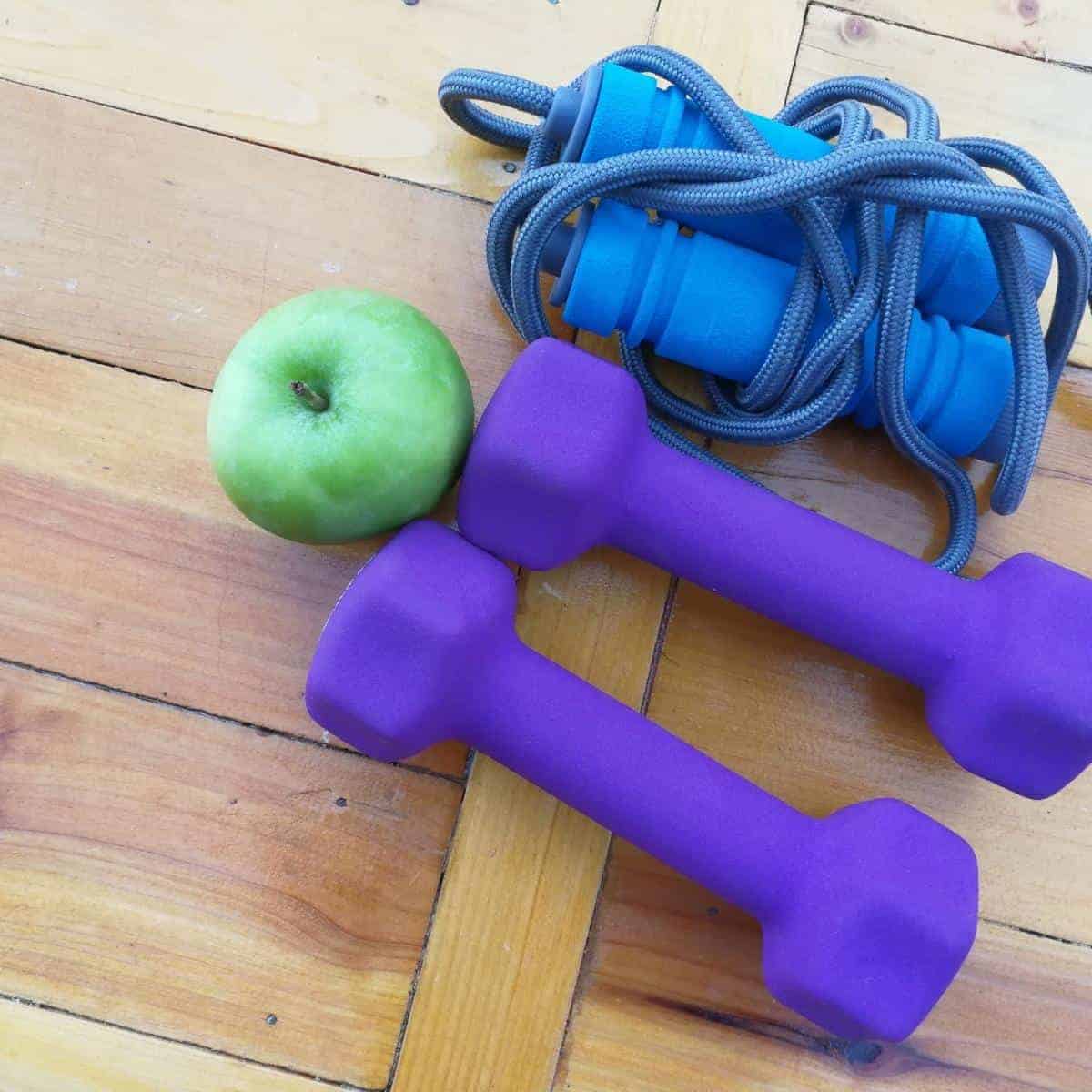How to overcome a weight loss plateau with exercise
Instead of exercising longer, a few smart changes to an exercise routine can help boost weight loss and speed metabolism with shorter workouts.

Why change your workout?
The human body is extremely efficient at adapting to the challenges and stress of new activities. When adjusting to a new exercise, the body will adapt by burning fewer calories in an attempt to conserve energy.
While this was great for our ancestors, who were concerned mainly with conserving calories for survival, it is not so great for modern dieters and exercisers who are already eating too many calories in the diet and not moving enough to burn them.
How much exercise should we do?
The Mayo Clinic recommends 30 minutes per day of aerobic exercise, strength training, and incorporating more lifestyle activities for weight loss.
While this may be enough physical activity at the beginning of a weight loss program, sometimes weight loss stalls, signaling the need for changes to the exercise program.
Many exercisers respond by doing the same activity for longer periods of time. Since the body has adapted to the exercise, it is now working harder to achieve the same results as before.
One problem is that exercise only burns calories during the activity. The metabolism returns to normal when the activity stops.
There are a few ways to increase calorie burn during exercise and continue to burn calories after exercise is over, even while resting.
Interval Training Added to Cardiovascular Exercise
Many exercisers focus on long sessions of moderate-intensity aerobic exercise to work the cardiovascular system and burn calories.
Adding high-intensity intervals of more intense exercise may feel harder but will challenge the cardiovascular system and burn more calories in a shorter amount of time.
High-intensity intervals can be added to any activity, like walking, swimming, running, elliptical, or the treadmill.
How to do interval training
Begin with a 5 to 10-minute warm-up.
Exercise at a normal pace for several minutes.
For 30 to 60 seconds, exercise at a high enough intensity that the body begins to sweat, and breathing and talking become difficult.
After the high-intensity interval, slow down to a normal, active recovery pace, but do not stop.
Once breathing and heart rate slows, after one to three minutes, repeat the high-intensity interval.
The total duration of the exercise session should be shorter than a longer, slower workout to account for increased effort.
In the beginning, workouts should last 20 to 30 minutes and can be increased; the exercise becomes easier.
Circuit Training With Weights – Combining Cardiovascular and Strength Training
A circuit training workout is a collection of exercises performed one after the other in rapid succession.
After all exercises in the circuit are completed, the circuit is repeated. A complete workout consists of three to seven circuits.
Both strength training and cardiovascular exercises should be included in a circuit training workout.
The goal of circuit training is to combine strength training and aerobic exercise into one workout.
Circuit training will build strength and endurance while keeping the heart rate high and burning calories. This workout will accomplish more in less time.
Functional Movements Instead of Isolation Exercises
When strength training for weight loss, the goal is to increase overall muscle mass because muscle burns more calories than fat.
When new exercisers begin strength training with weights, the most frequent mistake is to focus on isolation exercises that work one or two specific muscles, like bicep curls, over functional exercises that work for multiple muscle groups at the same time.
Isolation exercises are more suitable for bodybuilders who are sculpting and refining individual muscles.
What should beginner strength trainers do?
Most beginning strength trainers who are trying to build overall muscle mass are better off beginning with whole-body exercises that work multiple muscle groups, like push-ups, pull-ups, squats, and planks. These are called functional exercises because they mimic real-life motions.
What about free weights?
Free weights work more muscle groups than weight machines because the body incorporates more muscles to maintain balance during the exercise.
A squat with weights is an example of a functional movement that works for multiple muscle groups, incorporating the hamstrings, glutes, quadriceps, and other muscle groups for stability. This exercise will work legs much better than a leg press performed on a machine.
So what is the best thing to do?
Since the goal is to build muscle while burning as many calories as possible, incorporating high-intensity intervals and circuit training with functional movements into workouts can eliminate the need for long, slow cardio workouts and hours spent on gym machines.
Best of all, these exercises combine all weight loss goals into one workout, saving time.



